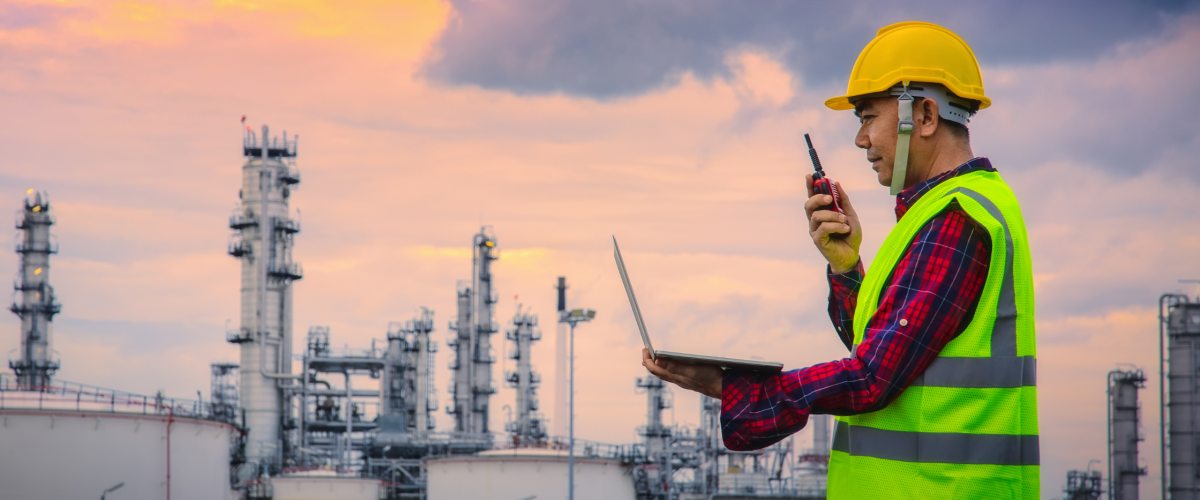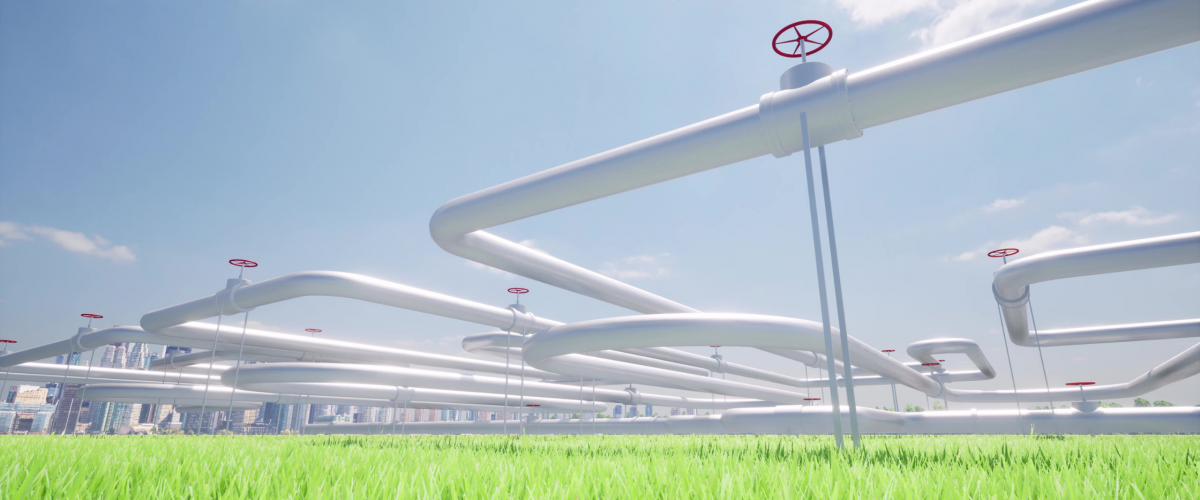The global push toward sustainable energy development is driven by the need to transition from fossil fuels to cleaner, more renewable energy sources. As countries confront climate change, energy security, and economic growth, the shift to sustainable energy is being shaped by diverse policies, technological innovations, and regional priorities.
Here’s an exploration of global perspectives on sustainable energy development, highlighting various trends and strategies from key regions around the world:
1. Europe: A Leader in Renewable Energy and Climate Policy
Europe is at the forefront of the global energy transition, with ambitious targets for reducing greenhouse gas emissions and increasing the share of renewables in the energy mix. Several key factors contribute to Europe’s leadership in sustainable energy development:
- The European Green Deal: Europe’s comprehensive strategy to become the first climate-neutral continent by 2050, reducing greenhouse gas emissions by at least 55% by 2030. This plan includes investments in renewable energy, energy efficiency, and electrification of transportation.
- Wind and Solar Power: Europe is a global leader in offshore wind energy, with countries like the United Kingdom, Germany, and Denmark expanding offshore wind farms. Solar power is also growing rapidly, particularly in Southern Europe.
- Carbon Pricing: Europe’s Emissions Trading System (ETS) is the world’s largest carbon market, incentivizing companies to reduce emissions through a cap-and-trade system.
- Energy Storage and Hydrogen: Investments in energy storage technologies, such as battery systems, and the development of green hydrogen are critical for balancing intermittent renewable energy sources like wind and solar.
Challenges:
- Managing the integration of renewables into the grid while ensuring energy reliability and affordability.
- Addressing opposition to certain renewable energy projects, such as wind farms, from local communities.
2. North America: Balancing Energy Transition with Fossil Fuel Dominance
North America presents a diverse energy landscape, with the United States and Canada pursuing sustainable energy alongside significant fossil fuel industries.
- United States: The U.S. has seen a surge in renewable energy development, particularly in solar and wind power, with states like Texas and California leading in renewable capacity.
- The Inflation Reduction Act (IRA), passed in 2022, includes substantial investments in clean energy and aims to accelerate the deployment of renewables, electric vehicles, and energy efficiency.
- The U.S. is also investing heavily in carbon capture and storage (CCS) and clean hydrogen technologies to decarbonize hard-to-abate sectors like steel and cement.
- Canada: With its vast natural resources, Canada is investing in hydropower and is a leading producer of green hydrogen. The country is also pursuing carbon pricing through provincial carbon markets and has committed to phasing out coal-fired electricity by 2030.
Challenges:
- Balancing the transition to renewables while maintaining a significant oil and gas sector, particularly in regions like Texas (U.S.) and Alberta (Canada).
- Managing the social and economic impacts of the energy transition in fossil fuel-dependent communities.
3. Asia-Pacific: Rapid Growth and Clean Energy Ambitions
The Asia-Pacific region is home to some of the fastest-growing economies and is increasingly focusing on sustainable energy as a pathway to future growth and stability.
- China: As the world’s largest energy consumer and greenhouse gas emitter, China is rapidly expanding its renewable energy capacity, with plans to reach carbon neutrality by 2060.
- China leads the world in solar power capacity and has aggressively expanded its wind energy sector.
- The country is also investing in nuclear energy and is a leader in the production of electric vehicles (EVs)and battery storage technologies.
- India: India is on a path to transition from coal dependence to a more renewable-based energy mix. It aims to achieve 450 GW of renewable energy capacity by 2030, with a focus on solar power, as the country is endowed with significant solar resources.
- Initiatives like the International Solar Alliance (ISA), co-launched by India, aim to promote solar energy worldwide.
- Japan: Japan is focusing on offshore wind and hydrogen as part of its post-Fukushima strategy to reduce dependence on nuclear power and fossil fuels. The country has set a goal of carbon neutrality by 2050.
Challenges:
- Balancing economic growth with the need to decarbonize energy systems, especially in coal-dependent nations like India and Indonesia.
- Addressing energy security concerns, particularly in nations reliant on imported fossil fuels.
4. Middle East: Diversification from Oil to Renewables
Traditionally known for its oil and gas wealth, the Middle East is increasingly embracing renewable energy as part of economic diversification strategies. Several countries in the region have set ambitious targets for renewable energy development, especially in solar power.
- United Arab Emirates (UAE): The UAE has positioned itself as a regional leader in renewable energy, with initiatives such as the Masdar City project and the development of the world’s largest single-site solar park, the Mohammed bin Rashid Al Maktoum Solar Park.
- The UAE is also investing in green hydrogen and CCS to position itself as a future exporter of clean energy.
- Saudi Arabia: Under its Vision 2030 plan, Saudi Arabia aims to diversify its economy away from oil and has committed to generating 50% of its electricity from renewables by 2030. The Neom City project, which includes large-scale renewable energy initiatives, is part of this broader transformation.
- Egypt: Egypt is focusing on solar and wind power to reduce its reliance on natural gas and is expanding its role as a regional renewable energy hub through projects like the Benban Solar Park, one of the largest in the world.
Challenges:
- Balancing the transition to renewable energy with the need to maintain revenues from oil and gas exports.
- Navigating regional geopolitical dynamics and ensuring energy security in a volatile area.
5. Africa: Renewable Potential and Energy Access
Africa holds tremendous potential for solar, wind, and hydropower development, which could provide energy access to millions of people and support sustainable development.
- South Africa: South Africa is a key player in Africa’s renewable energy efforts, particularly in wind and solar power. The country’s Renewable Energy Independent Power Producer Procurement Programme (REIPPPP)has driven significant investment in clean energy.
- North Africa: Countries like Morocco and Egypt are focusing on large-scale solar and wind projects to reduce their dependence on fossil fuels and position themselves as renewable energy exporters to Europe. Morocco’s Noor Ouarzazate Solar Complex is one of the largest concentrated solar power plants in the world.
- Sub-Saharan Africa: Many countries are looking to off-grid solar and mini-grid systems to improve rural electrification, with initiatives like Power Africa promoting clean energy investment.
Challenges:
- Financing large-scale renewable energy projects remains a challenge in many African countries.
- Ensuring that the growth of renewable energy also leads to improved energy access for the continent’s rural and underserved populations.
6. Latin America: Hydropower and Emerging Renewables
Latin America has a strong base of hydropower, which accounts for a significant portion of the region’s electricity. However, countries are increasingly diversifying their renewable energy portfolios to include wind, solar, and geothermal power.
- Brazil: Brazil leads the region in renewable energy, with significant investments in wind and solar power complementing its extensive hydropower capacity. The country is also exploring the potential for offshore windand green hydrogen production.
- Chile: Chile has emerged as a leader in solar power development, with the Atacama Desert providing some of the best solar resources in the world. Chile is also investing in wind energy and aims to achieve carbon neutrality by 2050.
- Mexico: Despite policy shifts, Mexico remains a key player in renewable energy development, particularly in solar and wind, with projects supported by its geographic advantages.
Challenges:
- Over-reliance on hydropower can make the region vulnerable to climate change-related droughts.
- Political and economic instability in some countries can hinder the progress of renewable energy investments.
7. Global Coordination and International Initiatives
Efforts to advance sustainable energy development are not limited to individual countries or regions. Global organizations and international agreements play a key role in coordinating action on climate change and clean energy:
- Paris Agreement: This landmark climate accord commits countries to limit global temperature rise to below 2°C, with ambitions to keep it below 1.5°C, by reducing greenhouse gas emissions and transitioning to cleaner energy sources.
- Sustainable Development Goal 7 (SDG 7): Part of the United Nations’ 2030 Agenda, SDG 7 aims to ensure access to affordable, reliable, sustainable, and modern energy for all.
- International Renewable Energy Agency (IRENA): IRENA facilitates cooperation and promotes the adoption of renewable energy globally, offering policy advice, data, and best practices to support the energy transition.
The global shift towards sustainable energy development is marked by significant regional differences in priorities, challenges, and strategies. While Europe and parts of North America lead in renewable energy deployment and policy innovation, emerging economies in Asia, Africa, and Latin America are rapidly expanding their clean energy portfolios. The Middle East, traditionally dependent on oil and gas, is positioning itself as a future leader in solar power and green hydrogen. Coordinated global efforts, alongside regional initiatives, will be crucial to accelerating the energy transition and achieving long-term sustainability goals.
Read more on Sparkview Energy:
The Role of Renewable Energy in Achieving Net-Zero Emissions
Investing in Renewable Energy: Diversification Strategies for Oil Companies










